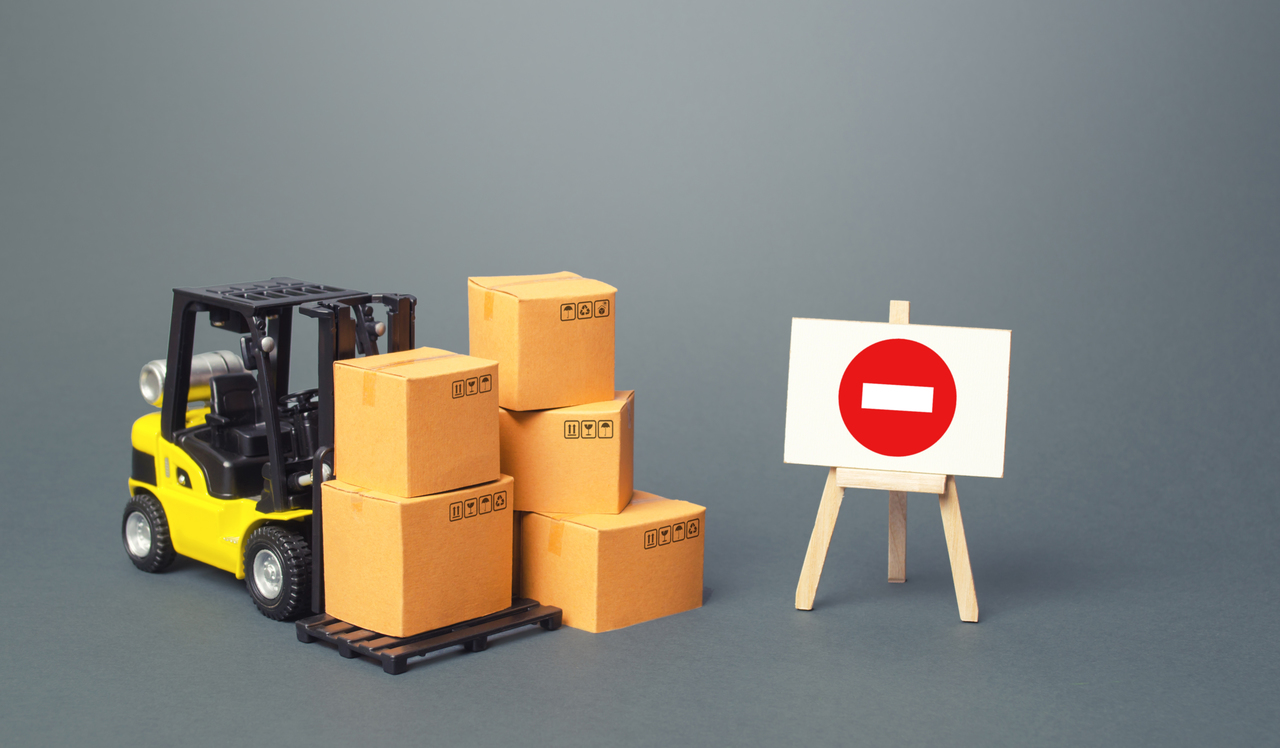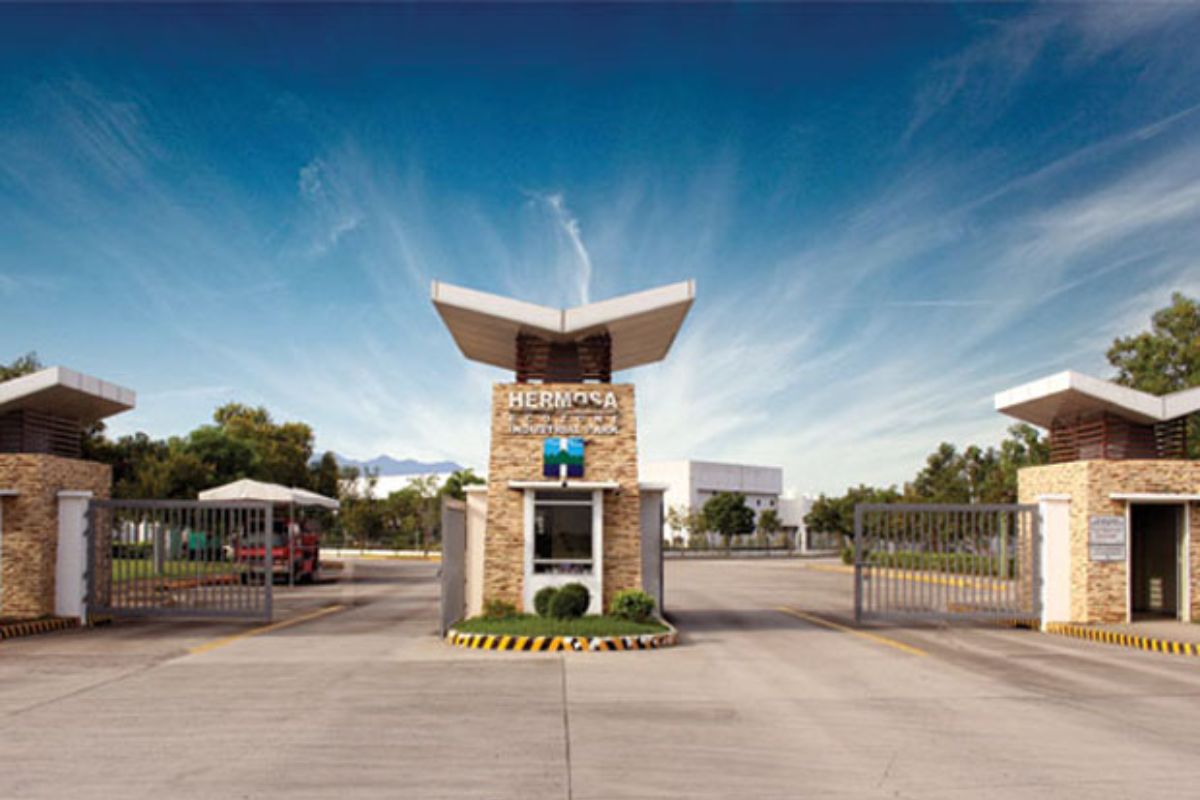How is COVID-19 transforming the industrial industry in the Philippines?
- Changes In Supply And Demand
- Building Supply Resiliency
- Companies Are Now Creating More Contingency Plans
As the COVID-19 pandemic prevails in the Philippines, unprecedented changes are imposed on both individual lives and on the sectors of the economy. The industrial industry in the Philippines is particularly challenged with rapid adaptation to the new normal. Since the service sector is thriving, economic stability highly relies on its resiliency.
Organizations are continually coping. Given the sector’s efforts to fight off recession, here is how COVID-19 has led the industrial industry to turn this massive challenge into a transformable change.
Changes In Supply and Demand

The wide shutdown of economic activities has modified economic behaviors such as consumer spending, investments, global trades, and supply chains. During the on-set of the COVID-19 crisis, mobility restrictions led to unprecedented changes in supply and demand changes.
Supply Shocks
Early setbacks in the goods-producing segment of the economy are seen through the disruption in the availability of goods. In the food supply, for instance, the extremely enhanced community quarantine in La Trinidad halted the supply of fresh vegetables in the country. The import of finished goods from China was also disrupted earlier. This dilemma caused certain companies to find out which productions are still feasible and which demands could still be met despite the restrictions.
Demand Shocks
Consumer anxiety is one of the early impacts of the continuing spread of the virus. Disruption of supply chains on a global scale is being challenged by systematic demand shocks. An example is the sudden hike of consumers flooding grocery stores upon the first implementation of community quarantine. Fear became palpable and empty grocery shelves continued to be seen nationwide. Food suppliers, manufacturers, and retailers are challenged to maximize production while using less spare capacity.
Building Supply Resiliency

As different segments of the industrial sector grapple with this crisis, resilient supply chains are more crucial than ever. With such unprecedented demand spikes and changing situations, resilient supply chains offer agility, flexibility, resourcefulness, and readily available continuity plans.
Business leaders are now adept at responding rapidly and recovering from pandemic-driven setbacks. Resiliency can be traced to how businesses transform from traditional chain models to digital supply networks. Some manufacturers even shifted to producing health-related products such as face masks, sanitizers, alcohols, and face-shields. Even the clothing and textile industry has innovated the production of fashionable PPEs.
While restaurants and malls are made open and mobilizations are slowly set loose, supply chains may also encounter fewer problems. It is unpredictable how consumer behaviors will change or how situations will improve, but these fundamental changes are essential to keep the economy breathing.
Companies Are Now Creating More Contingency Plans

Physical malls were forced to close, mobility was restricted, construction and transportation were halted, and manufacturing was widely disrupted. These factors alone caused setbacks in the industrial sector. Even the administration’s “Build, Build, Build” program ceased due to the unavailability of human mobility in the engineering and construction sector.
Despite these pressures, various companies have learned to establish contingency plans to keep their business going given the aggravating situations and future risks. Flexible working arrangements such as working from home are implemented. A significant number of retail stores have also shifted to expanding their online presence through existing websites. Operations relied vastly upon e-commerce sites to generate cash flow. Even brick and mortar retailers are meeting demand through deliveries.
Manufacturers are firming up partnerships with delivery companies and efficient logistic systems to continually optimize their shift to online selling. These expanded online strategies and internet transactions will most likely increase demands for the digitalization of the economy to improve market conditions.
Contingency plans for mall operators and retailers, as well as condominium developers, include expanding their marketing efforts to recapture demand once market conditions are returned to normal. This is particularly important for the condominium market since real-estate is one of the sectors with less vulnerability to the COVID-19 threat. The demand in its pre-selling market continually flourishes despite the on-going health crisis.
Key Takeaway
Having mentioned the situations above, the economy’s recovery will highly depend on the adaptability of its industrial sector. While the pandemic has slammed breaks in the economy, there are still opportunities despite the uncertainties. The transformable changes driven by COVID-19 have led to greater responsiveness, resiliency, and flexibility of the industrial industry in the Philippines.



